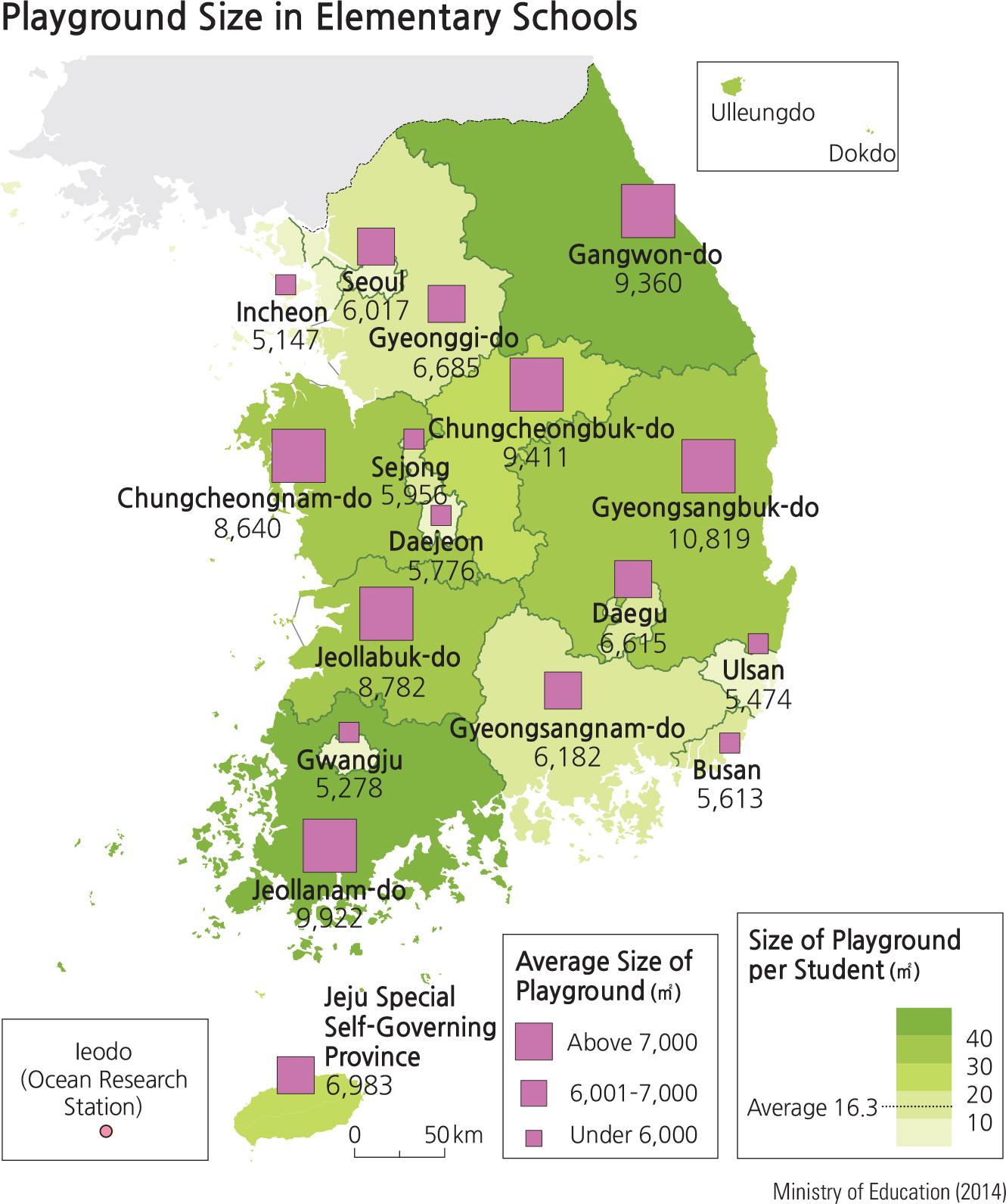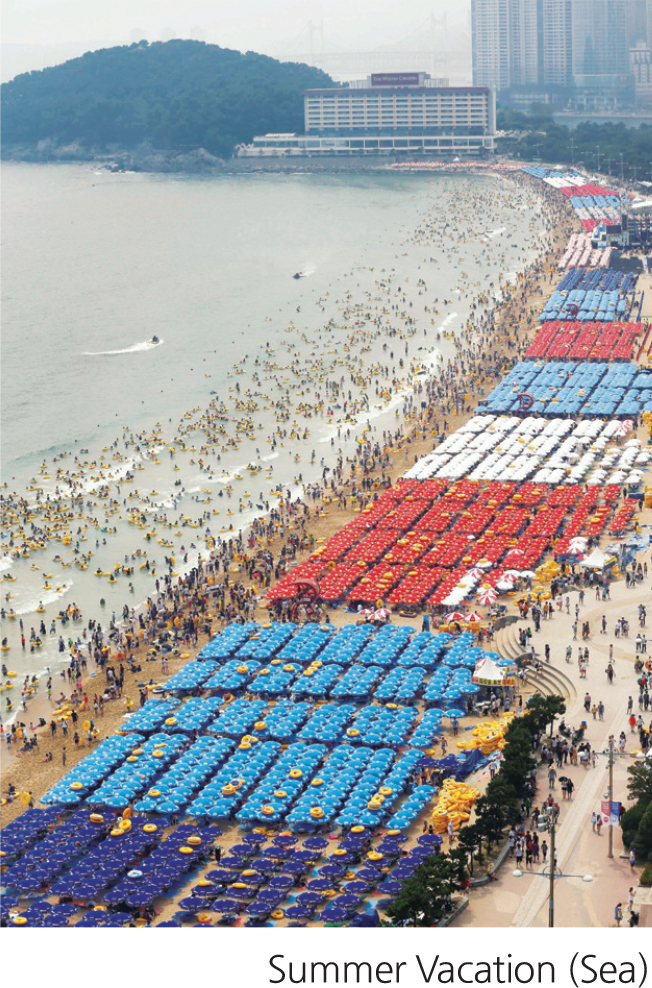In Korean society there is a high level of enthusiasm, and spending, for education. Korean education has undergone significant changes through its modernization process. The Korean school system is composed of elementary education for kindergarten and elementary school, secondary education for middle and high schools, and higher education for college and related levels. Most Koreans acquire at least six years of elementary education and another six years of secondary education, and the proportion entering higher education institutions, including college, is among the highest in the world.
Each education level is offered by various educational institutions. Elementary and secondary education is provided by public educational institutions established by the state, along with a variety of private educational institutions. Various schools have been established for special purposes in accordance with the characteristics of students. At the high school level, more choices such as college prep, vocational, and technical high schools are available. Higher education is mostly four-year universities and twoyear community colleges. There are also technical colleges covering various professions. Recently, online and extension colleges and degree programs have been developed. Masters and doctoral degrees are offered by many graduate schools, and many students also pursue graduate studies abroad.
Recently, many elementary schools have been closed in areas with declining populations, while a large number of schools have been newly established in newer towns that are experiencing a continuing population influx. However, the sizes of newly established elementary schools are generally smaller than those of the existing schools because of the costs of buying land. This trend partly explains the larger playground sizes in rural areas, as shown in the map.
Koreans over age 10 enjoy an average of four hours and fifty minutes of leisure time every day, not counting the time for personal care activities such as sleeping, eating, or work requirements, study, and travel. In terms of how they spend their leisure, sedentary (couch) activities such as watching TV or using the Internet generally dominate on weekdays, while activities such as travel and exercise dominate the weekend. This pattern of leisure activities has been accelerated by the introduction of the five-day work week.
Koreans pursue their leisure in neighborhood parks for simple exercise and in restaurants and coffee shops for meetings and conversations. Many hike during weekends. In addition, regional differences in leisure activities occur from place to place, depending on the accessibility of neighborhood parks and open spaces within residential areas.
There are also age differences in leisure activities. Younger people tend to use more interactive social media, while older people prefer watching TV and walking. The middle-aged population seems to prefer social drinking and mountain climbing. For the younger generation, the proportion who use the Internet is about the same as the proportion who watch TV. The purchase of computers and mobile phones is rapidly increasing, both offering easy access to the Internet. In addition, the number of TV channels has increased with the proliferation of cable and satellite broadcasting. Video-on demand (VOD) use is increasing also.






